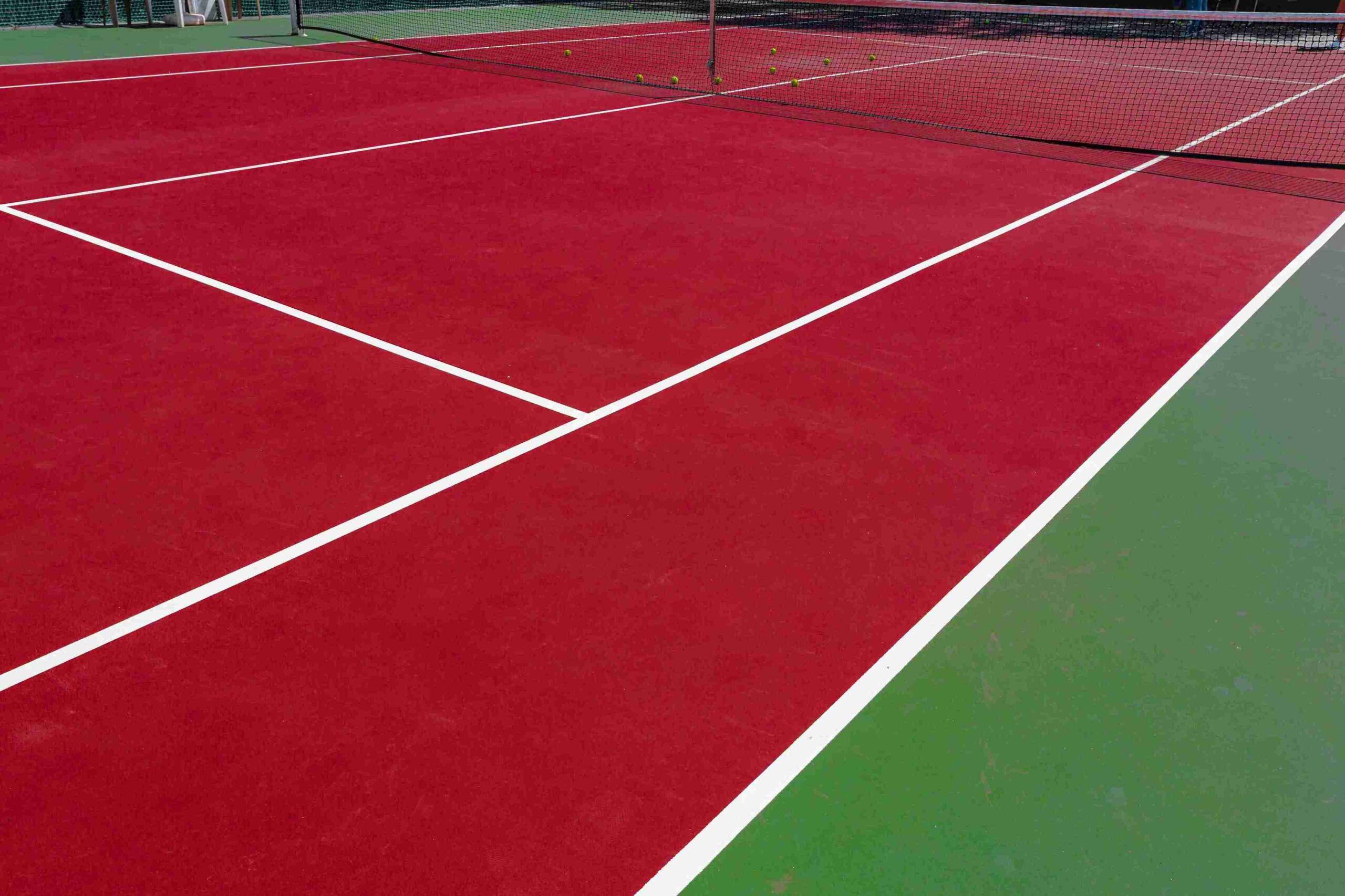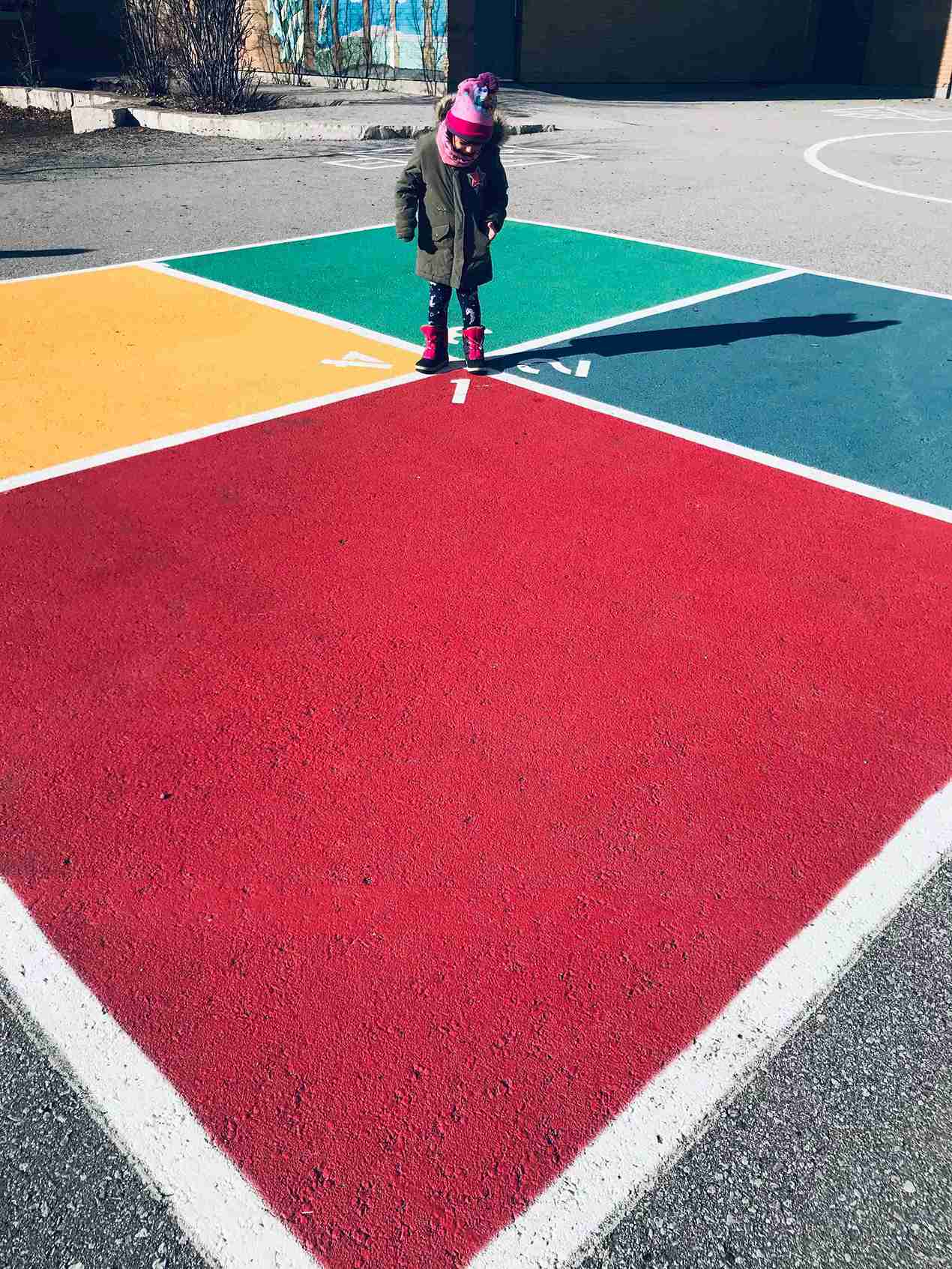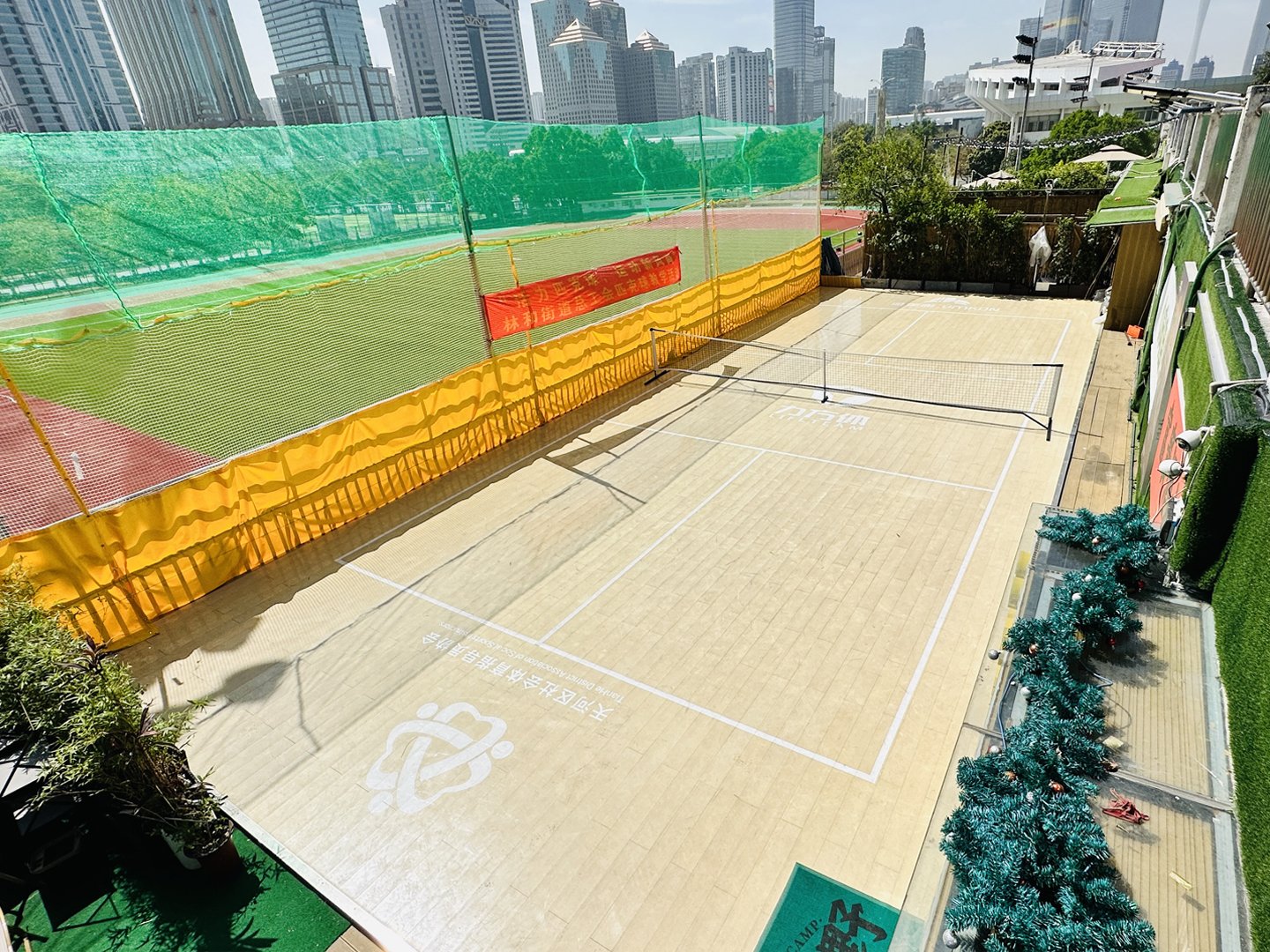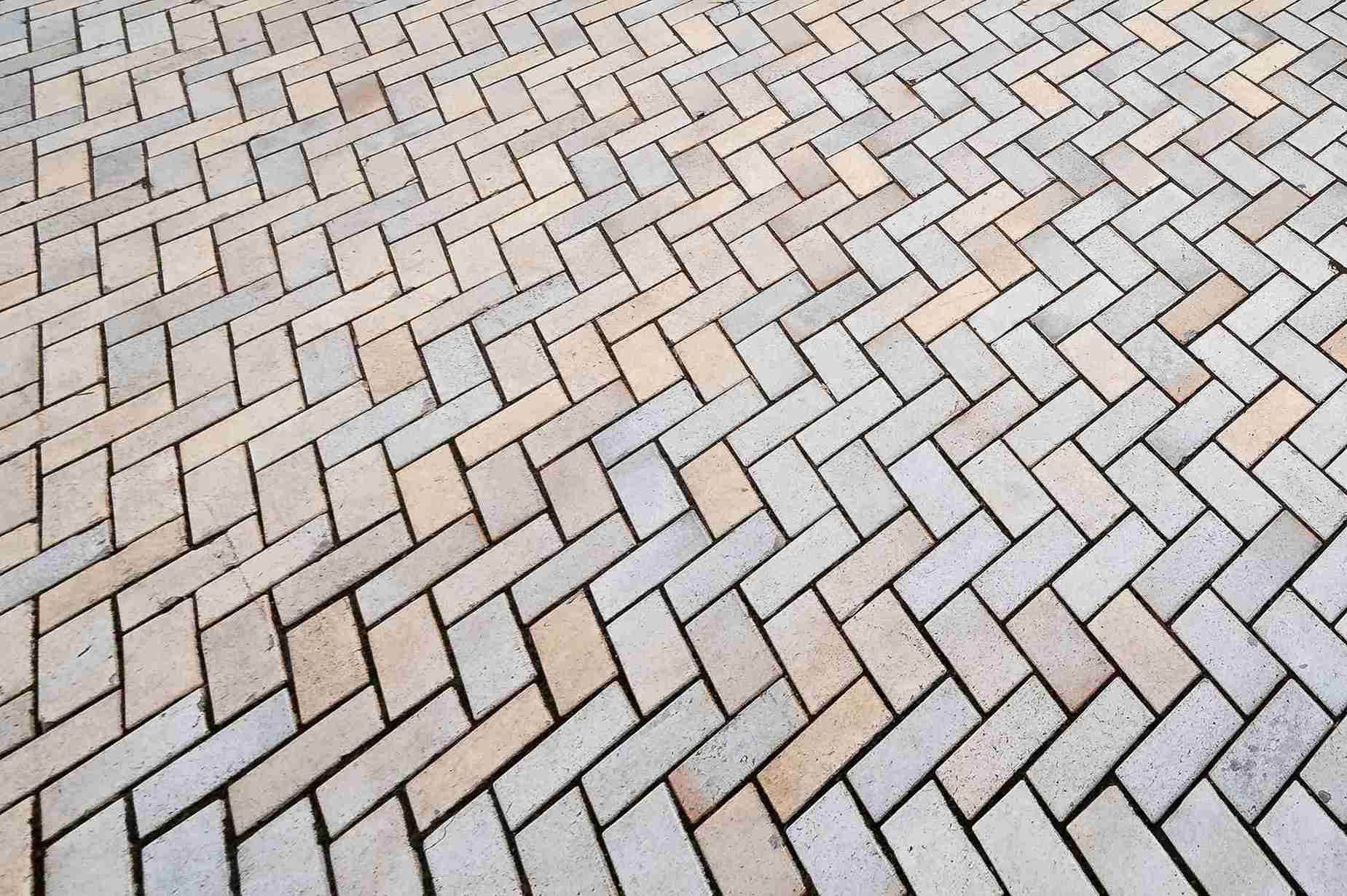Selecting the right basketball court flooring can make or break your indoor sports facility. Professional players, recreational athletes, and facility managers all depend on high-performance surfaces that deliver consistent ball bounce, optimal traction, and player safety. Yet many facility owners struggle with wood floors that demand constant upkeep, frequent refinishing, and costly repairs.
The solution lies in choosing low maintenance basketball flooring that combines premium performance with simplified care requirements. Modern wood sports flooring technology has evolved dramatically, offering innovative materials like biomass sport flooring that provide professional-grade performance while reducing maintenance burdens by up to 60% compared to traditional hardwood surfaces.
Whether you’re outfitting a professional arena, school gymnasium, recreation center, or home court, understanding the nuances of indoor wood floors will help you make an informed investment. This comprehensive guide explores the best wood flooring options for basketball courts, essential maintenance strategies, and why VMKON’s biomass sport wooden floor represents the pinnacle of low-maintenance indoor sports flooring.
From maple hardwood basketball court floors to cutting-edge synthetic alternatives, we’ll examine performance characteristics, installation requirements, and long-term value propositions to help you create the perfect playing surface for your facility.
Types of Wood Flooring for Basketball Courts
Traditional Maple Hardwood
Maple remains the gold standard for professional basketball venues, offering exceptional durability and consistent performance. Its tight grain structure provides optimal ball bounce characteristics while maintaining excellent traction for quick directional changes. However, traditional maple requires extensive maintenance protocols, including regular refinishing every 3-5 years and specialized cleaning procedures.
Professional arenas and high-level training facilities often choose maple for its proven track record, but the maintenance costs can exceed $8,000 annually for a full-size court. The wood’s susceptibility to moisture damage and scratching makes it less ideal for multipurpose arenas or recreation centers with heavy usage patterns.
Beech Wood Flooring
Beech offers a more affordable alternative to maple while maintaining many performance benefits. Its slightly softer composition provides enhanced shock absorption, reducing player fatigue during extended play. Beech wood sports flooring performs exceptionally well in school gymnasiums and recreational centers where moderate maintenance is acceptable.
The lighter color variations in beech create an attractive court appearance, though the wood requires similar protective finishes and humidity control measures as maple. Professional maintenance every 4-6 years helps preserve beech flooring’s performance characteristics.
Oak Basketball Court Surfaces
Oak provides exceptional durability for high-traffic facilities, making it popular in multipurpose arenas and community recreation centers. Its robust grain structure withstands heavy equipment and diverse activities beyond basketball. However, oak’s density can create harder impacts, potentially increasing player fatigue.
While oak requires less frequent refinishing than maple, its maintenance demands remain substantial. The wood’s natural porosity necessitates careful sealing and regular professional care to prevent moisture infiltration.
Biomass Sport Wooden Floor
Revolutionary biomass technology represents the future of sustainable basketball court flooring. VMKON’s patented biomass sport wooden floor delivers FIBA-certified performance while dramatically reducing maintenance requirements. This innovative material combines natural wood fibers with advanced binding agents to create a surface that resists moisture, scratches, and wear patterns.
Biomass sport flooring eliminates many traditional wood floor vulnerabilities while maintaining authentic wood aesthetics and performance. The material’s enhanced density provides superior shock absorption and ball bounce consistency compared to conventional hardwood options.
Synthetic Wood Alternatives
Modern synthetic wood combines polymer technology with wood-grain aesthetics to create durable indoor court surfaces. These materials offer excellent moisture resistance and simplified cleaning procedures, though some athletes report differences in ball bounce characteristics compared to natural wood.
Synthetic options work particularly well in training facilities and recreational centers where maintenance simplicity outweighs traditional wood authenticity requirements.
Factors to Consider When Choosing Wood Flooring
Performance Requirements
Professional courts demand FIBA or NCAA-certified surfaces that meet strict ball bounce, shock absorption, and friction standards. Home courts and recreational facilities may prioritize durability and maintenance ease over professional certifications.
Consider your facility’s primary users and performance expectations. Professional training facilities require consistent ball bounce within 90-110% of regulation standards, while recreational courts can accommodate wider performance ranges.
Usage Intensity and Frequency
High-traffic facilities like school gymnasiums and recreation centers need robust surfaces that withstand constant use. Professional arenas with controlled access can utilize more delicate materials that offer superior performance characteristics.
Evaluate daily usage hours, concurrent activities, and seasonal variations in facility usage. Courts serving multiple sports require enhanced durability and scratch resistance.
Environmental Conditions
Indoor climate control significantly impacts wood flooring performance and longevity. Facilities with inconsistent humidity levels need materials that resist expansion, contraction, and warping.
HVAC system quality, natural lighting exposure, and air circulation patterns all influence flooring selection. Courts in humid climates require enhanced moisture protection features.
Budget Constraints
Initial installation costs vary dramatically between flooring types, with professional maple systems costing $8-12 per square foot compared to biomass alternatives at $6-9 per square foot. However, long-term maintenance expenses often exceed initial investments.
Factor in annual maintenance costs, refinishing schedules, and potential replacement timelines when evaluating total ownership costs. Low maintenance basketball flooring options often provide superior long-term value despite higher upfront investments.
Maintenance Tips for Wood Basketball Courts
Daily Cleaning Protocols
Regular cleaning forms the foundation of effective indoor court maintenance. Sweep or vacuum the floor daily to remove dust, debris, and moisture that can damage wood finishes. Use microfiber mops to capture fine particles without scratching the surface.
Establish cleaning schedules that align with facility usage patterns. High-traffic courts benefit from multiple daily cleanings, while residential courts require less frequent attention.
Specialized Cleaning Products
Use only cleaning products specifically designed for wood sports floors. Conventional household cleaners contain harsh chemicals and abrasive compounds that damage protective finishes and wood fibers. Professional-grade cleaners maintain surface integrity while providing effective cleaning power.
Avoid harsh chemicals, bleach-based products, and abrasive cleaners that can permanently damage court surfaces. Water-based cleaners designed for sports flooring provide optimal cleaning effectiveness without compromising material integrity.
Humidity Control Systems
Maintain consistent humidity levels between 35-50% to prevent wood expansion and contraction. Install commercial-grade dehumidification systems in areas with high ambient humidity, and use humidifiers during dry seasons.
Monitor humidity levels continuously using digital hygrometers placed at multiple court locations. Sudden humidity changes can cause immediate wood movement and long-term structural damage.
Immediate Spill Management
Clean up spills immediately to prevent moisture penetration and permanent staining. Keep absorbent materials readily available near courts, and train facility staff in proper spill response procedures.
Standing water poses the greatest threat to wood court surfaces, potentially causing warping, cupping, and finish delamination within hours of exposure.
Annual Professional Maintenance
Schedule annual deep cleaning with certified sports floor professionals to remove accumulated buildup and revitalize protective finishes. Professional maintenance includes specialized cleaning compounds, surface preparation, and finish application.
Professional inspections identify potential problems before they require expensive repairs, extending floor lifespan and maintaining optimal performance characteristics.
Recoating and Refinishing Schedules
Apply fresh protective coats every 2-3 years to maintain surface protection and appearance. Full refinishing every 5-10 years restores original performance characteristics and addresses accumulated wear patterns.
Plan refinishing projects during facility downtime to minimize disruption. Professional refinishing requires 5-7 days for complete curing before resuming court activities.
Strategic Mat Placement
Install commercial-grade entrance mats to trap dirt and moisture before they reach court surfaces. Use mats with sufficient absorption capacity and non-slip backing to ensure user safety.
Position mats at all court entrances and high-traffic transition areas. Regular mat cleaning and replacement prevents them from becoming contamination sources.
Comprehensive Floor Inspections
Inspect floors monthly for damage signs including scratches, dents, warping, or finish deterioration. Address minor issues immediately to prevent major repair requirements.
Document inspection findings with photographs and written reports to track floor condition over time. Consistent monitoring helps predict maintenance needs and budget requirements.
Professional Maintenance Services
Engage certified sports floor maintenance professionals for specialized care and complex repairs. Professional services include deep cleaning, finish application, minor repairs, and performance testing.
Establish service contracts that provide regular maintenance visits and emergency repair capabilities. Professional expertise ensures compliance with safety standards and warranty requirements.
Climate Control Management
Ensure consistent court ventilation to prevent moisture accumulation and maintain optimal air quality. Install HVAC systems capable of maintaining stable temperature and humidity levels year-round.
Monitor air circulation patterns to prevent dead spots where moisture can accumulate. Proper ventilation extends floor life while creating comfortable playing conditions.
Protective Equipment Protocols
Avoid rubber products that can permanently stain wood surfaces. Use only approved athletic shoes and equipment on court surfaces to prevent damage.
Implement strict equipment policies that prohibit metal cleats, outdoor shoes, and inappropriate furniture. Provide protective pads for chairs, tables, and portable equipment.
Climate Monitoring Systems
Install automated climate monitoring systems that track temperature and humidity variations continuously. Set alerts for conditions that could damage court surfaces or affect player safety.
Maintain detailed climate records to identify patterns and optimize HVAC system performance. Consistent environmental conditions reduce maintenance requirements and extend floor lifespan.
Strategic Refinishing Planning
Plan refinishing projects based on usage patterns, wear assessments, and budget cycles. Proactive refinishing prevents extensive damage that requires complete floor replacement.
Coordinate refinishing with facility schedules to minimize operational disruption. Professional planning ensures optimal timing and resource allocation.
Benefits of VMKON Biomass Sport Wooden Floor
Revolutionary Sustainability Technology
VMKON’s biomass sport wooden floor represents breakthrough innovation in sustainable basketball court flooring. This patented technology combines natural wood fibers with advanced biomass binding agents to create surfaces that deliver professional performance while reducing environmental impact by over 70% compared to traditional hardwood floors.
The manufacturing process utilizes renewable biomass materials and energy-efficient production methods, making it the industry’s most environmentally responsible flooring option. Facilities choosing biomass flooring contribute to sustainable building practices while enjoying superior performance characteristics.
FIBA-Certified Performance Standards
Professional certification ensures biomass sport flooring meets international basketball performance requirements. FIBA certification validates ball bounce consistency, shock absorption, and surface friction within strict professional standards.
Testing protocols evaluate performance under extreme conditions, ensuring consistent characteristics across varying temperatures and humidity levels. Professional athletes experience identical performance to traditional hardwood without compromising competitive standards.
Superior Moisture Resistance
Advanced biomass technology creates inherent moisture resistance that eliminates many traditional wood floor vulnerabilities. The material resists swelling, cupping, and warping even under challenging environmental conditions.
Moisture resistance reduces maintenance requirements by eliminating the need for extensive humidity control systems. Facilities in humid climates benefit from dramatically reduced moisture-related problems and associated repair costs.
Enhanced Durability Characteristics
Biomass construction provides exceptional impact resistance and scratch protection compared to conventional hardwood surfaces. The material withstands heavy equipment, portable seating, and diverse facility uses without surface damage.
Enhanced durability translates to longer service life and reduced replacement frequency. Facility managers report biomass floors lasting 40-60% longer than traditional alternatives while maintaining optimal performance.
Simplified Maintenance Requirements
Low maintenance basketball flooring reduces operational costs and staff requirements dramatically. Biomass surfaces require 60% fewer cleaning products and half the maintenance time compared to traditional hardwood floors.
Simplified maintenance protocols allow facility staff to maintain professional-quality courts without specialized training or expensive equipment. Reduced maintenance complexity improves budget predictability and operational efficiency.
Cost-Effective Long-Term Value
While initial costs slightly exceed basic hardwood options, biomass flooring provides superior long-term value through reduced maintenance, extended lifespan, and lower replacement frequency. Total ownership costs typically decrease by 30-40% over 15-year periods.
Return on investment calculations demonstrate biomass flooring pays for itself through maintenance savings within 3-5 years for most facilities. Professional arenas and high-usage facilities achieve even faster payback periods.
Installation Process
Site Preparation Requirements
Professional installation begins with comprehensive site assessment and preparation. Subfloor evaluation ensures proper structural support and moisture barriers that protect the flooring investment.
Moisture testing identifies potential problems before installation, preventing future damage and warranty issues. Professional preparation creates optimal conditions for long-term flooring performance.
Subfloor System Design
Advanced subfloor systems provide shock absorption, moisture protection, and dimensional stability essential for professional court performance. Engineered systems distribute loads evenly while providing optimal playing characteristics.
Proper subfloor design accounts for facility usage patterns, environmental conditions, and performance requirements. Professional design ensures optimal ball bounce and player safety characteristics.
Professional Installation Standards
Certified installation technicians ensure proper material handling, spacing, and fastening techniques that maximize floor performance and longevity. Professional installation includes comprehensive testing and adjustment procedures.
Installation quality directly impacts floor performance and warranty coverage. Professional installation typically requires 3-5 days for full-size courts, including curing time before initial use.
Quality Control Procedures
Comprehensive testing validates performance characteristics including ball bounce, surface levelness, and finish quality before final acceptance. Professional installers provide performance certifications and warranty documentation.
Quality control procedures ensure installations meet manufacturer specifications and professional standards. Proper documentation protects facility investments and supports warranty claims.
Case Studies
Recreation Center Success Story
A 50,000-square-foot recreation center replaced traditional maple flooring with VMKON biomass sport wooden floor across three full-size courts. The facility serves over 800 daily users ranging from youth programs to adult leagues.
After two years of operation, maintenance costs decreased by 65% while user satisfaction increased dramatically. The facility director reported elimination of moisture-related problems and scratching issues that previously required monthly repairs.
Ball bounce testing confirmed consistent FIBA-standard performance throughout the facility’s diverse usage patterns. Professional teams now utilize the courts for training sessions, validating the flooring’s professional-quality characteristics.
School Gymnasium Transformation
A high school with budget constraints chose biomass flooring for their primary gymnasium serving basketball, volleyball, and community events. The 6,000-square-foot facility hosts over 200 events annually.
Maintenance staff training requirements decreased from 40 hours to 8 hours due to simplified care procedures. Annual maintenance costs dropped from $12,000 to $4,500 while court availability increased due to reduced downtime.
Student-athletes reported improved playing conditions and reduced fatigue during extended practice sessions. The enhanced shock absorption characteristics contributed to decreased injury rates compared to the previous concrete-based surface.
Professional Training Facility Results
A professional basketball training facility installed biomass flooring to serve elite athletes preparing for international competition. The facility demanded FIBA-certified performance with minimal maintenance disruption.
Performance testing confirmed ball bounce consistency within 2% variation across the entire court surface, exceeding professional standards. The facility operates 16 hours daily without performance degradation or visible wear patterns.
Maintenance savings allowed the facility to invest in additional training equipment while maintaining professional-quality playing conditions. Elite athletes report excellent playing characteristics identical to major arena surfaces.
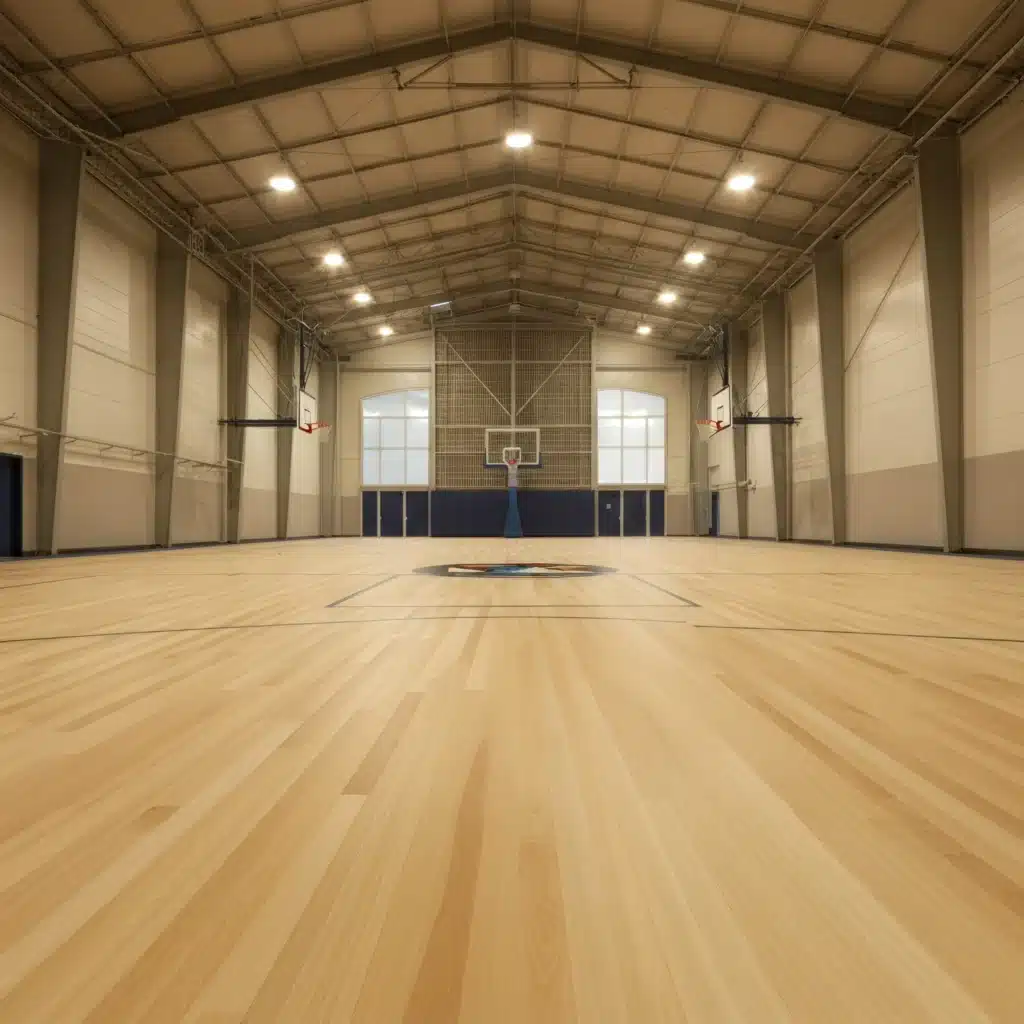

Frequently Asked Questions
How long does biomass sport flooring last compared to traditional hardwood?
Biomass sport flooring typically lasts 20-25 years under normal usage conditions, compared to 15-20 years for traditional hardwood surfaces. The enhanced durability stems from moisture resistance and superior impact protection characteristics.
Facilities with heavy usage patterns report biomass floors maintaining optimal performance 40-60% longer than conventional alternatives. Professional arenas and high-traffic recreation centers achieve maximum value through extended service life.
What are the environmental benefits of biomass flooring?
Biomass technology reduces environmental impact through sustainable material sourcing, energy-efficient manufacturing, and extended product lifespan. Carbon footprint analysis shows 70% lower environmental impact compared to traditional hardwood production.
Renewable biomass materials eliminate dependence on old-growth forests while providing identical performance characteristics. End-of-life recycling programs further reduce environmental impact through material recovery and reuse.
How does maintenance complexity compare between flooring types?
Biomass flooring requires approximately 60% less maintenance time and 50% fewer specialized cleaning products compared to traditional hardwood. Simplified procedures allow standard janitorial staff to maintain professional-quality courts effectively.
Training requirements decrease dramatically due to intuitive maintenance procedures and enhanced material durability. Facilities report improved maintenance consistency and reduced labor costs across all usage levels.
Can biomass flooring accommodate multiple sports activities?
Professional-grade biomass flooring accommodates basketball, volleyball, badminton, and general recreation activities without performance compromise. Multi-sport facilities benefit from consistent surface characteristics across diverse usage patterns.
FIBA certification validates performance for professional basketball while providing optimal characteristics for complementary sports. Recreational activities including aerobics and community events perform excellently on biomass surfaces.
What warranty coverage is provided with biomass installations?
VMKON provides comprehensive 10-year performance warranties covering material defects, installation quality, and performance characteristics. Extended warranty options are available for facilities requiring additional protection.
Warranty coverage includes performance guarantee, moisture protection, and finish durability under normal usage conditions. Professional installation and approved maintenance procedures ensure full warranty compliance.
How do initial costs compare across flooring options?
Biomass sport flooring initial costs range from $6-9 per square foot installed, compared to $8-12 for professional maple systems. However, long-term value calculations demonstrate superior return on investment through reduced maintenance requirements.
Total ownership cost analysis typically shows 30-40% savings over 15-year periods when considering maintenance, refinishing, and replacement expenses. Professional facilities achieve even greater savings through extended operational availability.
Making the Smart Investment in Basketball Court Flooring
Selecting optimal basketball court flooring requires balancing performance requirements, maintenance capabilities, and long-term value considerations. Traditional hardwood options provide proven performance but demand extensive maintenance commitments that strain facility resources and limit court availability.
VMKON’s biomass sport wooden floor represents the evolution of professional court surfaces, delivering FIBA-certified performance while dramatically reducing maintenance burdens. This innovative approach to wood sports flooring enables facilities to maintain professional-quality courts without compromising operational efficiency or budget constraints.
The combination of superior durability, simplified maintenance, and environmental responsibility makes biomass flooring the intelligent choice for forward-thinking facility managers. Whether outfitting professional arenas, school gymnasiums, or recreation centers, this revolutionary flooring technology provides the performance athletes demand with the operational simplicity facilities require.
Don’t let maintenance challenges prevent your facility from providing optimal playing conditions. Invest in flooring technology that delivers professional performance while simplifying operational requirements and protecting your long-term investment.
Ready to transform your basketball court with cutting-edge biomass sport flooring technology? Our technical specialists provide comprehensive consultation services, performance analysis, and customized solutions tailored to your facility’s unique requirements. Contact us today to discover how VMKON’s innovative flooring solutions can elevate your court performance while reducing operational complexity and costs.


